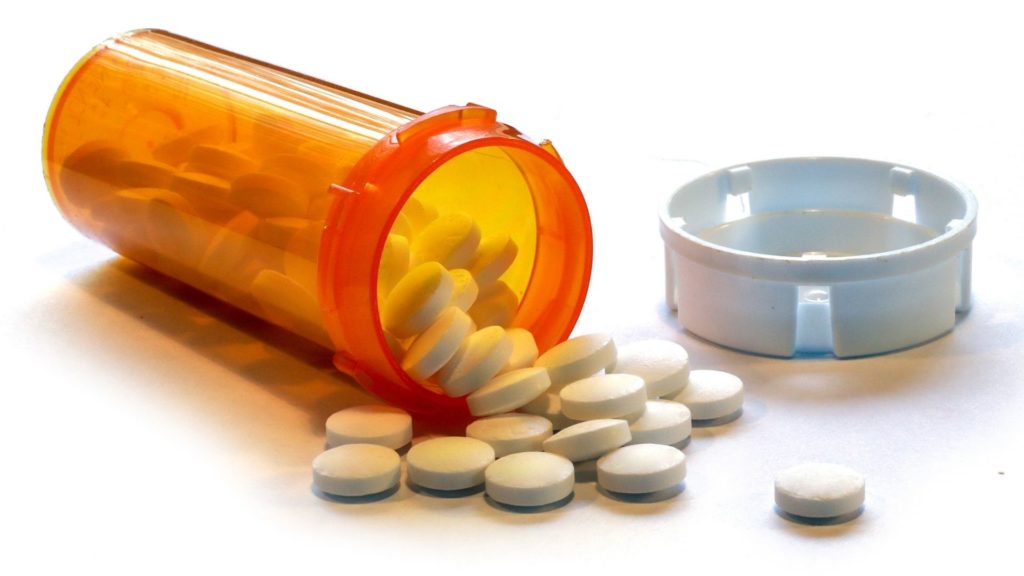Painkillers for your post-surgery or the gateway to addiction?
Between the movement to legalize marijuana and beloved actor Phillip Seymour Hoffman’s death last week, the use of narcotics in America has certainly come into focus. Although everyone remembers the D.A.R.E. talks from grade school, the reality of drug use is much darker than you may have wanted to believe.
The Myth v. The Truth
There are a few myths surrounding drug use, especially with hard drugs like heroin, including how prevalent it actually is. A survey by the National Institute on Drug Use revealed the amount of school-aged children that had tried the drug: 1% of both 10th and 12th graders surveyed had tried heroin in their lifetime, with 0.6% using within the last month. In 2012, 1.9% of people surveyed between the ages of 18 and 25 had tried the drug in their lifetime, with 0.8% using within the last month.
While those numbers may not seem like much, it should be alarming: heroin is an opioid drug that is synthesized from morphine. Unlike some other drugs, it typically doesn’t follow the path of getting high and then crashing; instead, most users describe the affects as nothing but positive, further reinforcing the addiction.
The Ugly
On the surface, heroin doesn’t appear to do much physical damage in the long-term, aside from dependency and constipation. Depending upon the purity of the heroin, however, the affects vary: a higher purity may lead to more overdoses simply due to being stronger than what the user was accustomed to.
Intravenous use of heroin, of course, will come with its own risks due to the syringe use: abscesses, risk of blood-borne pathogens, risk of poisoning, decreased kidney function, and physical dependence upon the drug are all common risks.
Withdrawal, like with all drugs, can be especially ugly: beginning between 6 to 24 hours after discontinuation, they can last for days. Symptoms of detox include sweating, anxiety, depression, sensitivity in the genitals, excessive yawning or sneezing, tears, sleeping difficulties, chills, severe bone and muscle aches, nausea, vomiting, diarrhea, and involuntary limb spasms.
“Lite” Heroin?
Heroin certainly seems like a nightmare, but the worst part is what doctors have taken to calling “lite” heroin: painkillers. Based on the same opioids that heroin is contrived from, most painkillers can easily act as a gateway drug or a relapse waiting to happen. The introduction of painkillers as a drug alternative has drastically changed how heroin is perceived, and could be the reason behind the increased amount of relapses and overdoses.
Stephen E. Lankenau, a sociologist at Drexel University, said, “The old-school user, pre-1990s, mostly used just heroin, and if there was none around, went through withdrawal. [Today,] users switch back and forth, to pills then back to heroin when it’s available, and back again.”
How to Stop It
If you’re concerned about the possibility of you or your children getting addicted to painkillers following a prescription, there are a few things you can do. First, talk to your doctor about alternatives and express your concerns. Then, closely monitor the amount of pills being taken: it should never be more than the recommended dose within the recommended time frame. If you suspect addiction, you may want to consult your doctor.
With the help of some celebrities, a lot of attention has turned to drug use and its dangers. By educating yourself and your family about the dangers painkillers can pose, you could be the difference between recovery and addiction.

